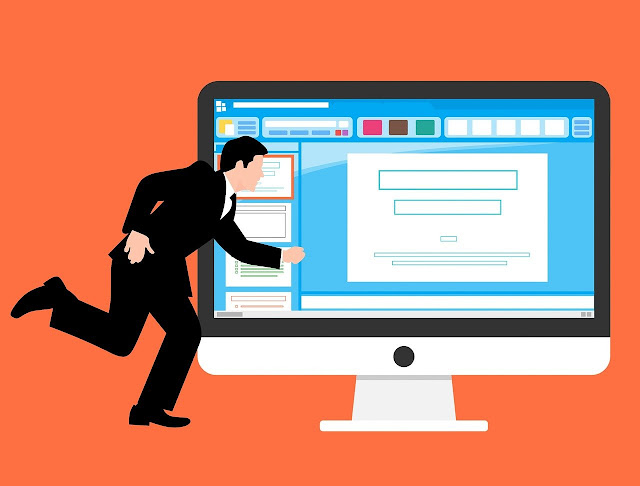7 Tips Accelerating Loading Blogs
Speed up page loading included in search engine optimization (SEO) factor. Google itself as the target of all optimization techniques recommends that blog speed be noticed by webmasters.
The loading speed of blog pages in addition to affecting SEO quality also affects visitor decisions. According to a study conducted by Akamai, that 47% of people expect a web or blog to open completely in less than two seconds.
40% of visitors leave a website if loading more than three seconds, while 52% of online shoppers say the page loading is important for their loyalty to a site. From this data, we can value that the speed of loading the blog pages plays an important role in the success of any type of content and products offered.
 |
| Kata Kunci - Pixabay |
Tips to Speed-Up Blog Loading
Some tips on loading the following blog could be a good solution for your blog:
1. Choose Quality Hosting
Tips to speed up loading the first blog should not be underestimated. Quality hosting will give you the advantage that you only need to do a little treatment to get the right speed. Meanwhile, if the hosting is already problematic, then your job will be much more complicated.
2. Image Size Optimization
It is very important to upload an image with a size that suits your needs. So, cut or adjust the size of the image required by a particular article. In addition, reduce the size of the image file, for this one you can with the help of plugins or software, the easiest way to use the Microsoft Office Picture Manager before uploading to a blog.
3. Uninstall and Remove Unnecessary Plugins
If you are using the WordPress platform, delete unused plugins or if necessary uninstall plugins whose priority is not too high then delete them from the blog.
4. Remove Unnecessary CSS, Javascript, and HTML Code
Additional javascript, CSS, and HTML code can result in an extra load to the server, try to identify and find duplicate codes on your blog. If there is, delete it immediately. If you put up banners using javascript, make sure the number is not excessive.
5. Use a Responsive Theme
Choosing the right theme most determines how fast your blog loads. There are many theme sellers out there, but make sure the theme is built with a responsive concept so that it has a good adaptation to the device size used by visitors.
6. Use a Cache Plugin
Using a cache plugin is highly recommended to speed up blog loading. Some of the plugins that you can use include W3 Total Cache, WP Super Cache, Quick Cache, and Hyper Cache.
7. Use CDN Services
CDN or Content Delivery Network is no stranger to bloggers, this service works by taking over your blog's static pages (CSS, Javascript, images, etc.) and allowing users to access all data faster.
There are several CDN services that you can use, among others: Cloudflare, Incapsula, Photon, CoralCDN, SwarmCDN, jsDelivr, Google App Engine, CDN.net, TinyCDN, and so on, there are actually many.

Post a Comment
Comments are welcome and encouraged on this site, but there are some instances where comments will be edited or deleted
as follows :
1. Comments deemed to be spam or solely promotional in nature will be deleted. Including a link to relevant content is permitted, but comments should be relevant to the post topic.
2. Comments including profanity will be deleted.
3. Comments containing language or concepts that could be deemed offensive will be deleted. Note this may include abusive, threatening, pornographic, offensive, misleading, or libelous language.
4. Comments that attack an individual directly will be deleted.
5. Comments that harass other posters will be deleted. Please be respectful toward other contributors.
6. Anonymous comments will be deleted. We only accept comments from posters who identify themselves.
The owner of this blog reserves the right to edit or delete any comments submitted to the blog without notice. This comment policy is subject to change at any time. If you have any questions about the commenting policy, please let us know at the blog contact information.